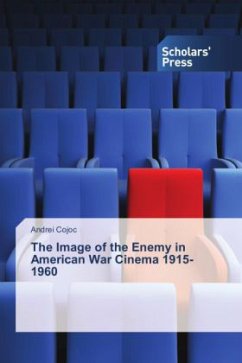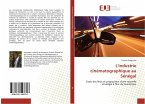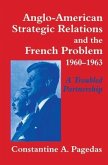Perception is the cognitive function that guides our everyday life. It is through perception that the image of the enemy is born, shaped and later represented. By othering and dehumanizing the different and the other, the unknown becomes singularized and stigmatized. In the twentieth century, no other mean of representing the outside world has prevailed in shaping enemy images than the art of filmmaking. Moreover, as American cinema affirmed itself as the Mecca of cinema, and as the United States became more and more involved in international affairs and conflicts, a film genre had to be created in order to tell people who was the ally and who was the enemy, and more important, why they fought. Out of all genres that created adversaries of the nation, war/combat films have the merit of creating enemy images techniques that would be used all over the twentieth century. Therefore, during the long relationship between Hollywood and the United States government, the enemy images shown were: the imperialist German, the cowardly Japanese, the Italian victim, the vicious Nazi and the ruthless communist. All these images have been put through the wringer and distributed to the public
Bitte wählen Sie Ihr Anliegen aus.
Rechnungen
Retourenschein anfordern
Bestellstatus
Storno




![The American Jewish Times-outlook [serial]; 1960-1961 The American Jewish Times-outlook [serial]; 1960-1961](https://bilder.buecher.de/produkte/65/65624/65624559m.jpg)



![The Massachusetts Collegian [microform]; Sep 1959-May 1960 The Massachusetts Collegian [microform]; Sep 1959-May 1960](https://bilder.buecher.de/produkte/64/64535/64535675m.jpg)